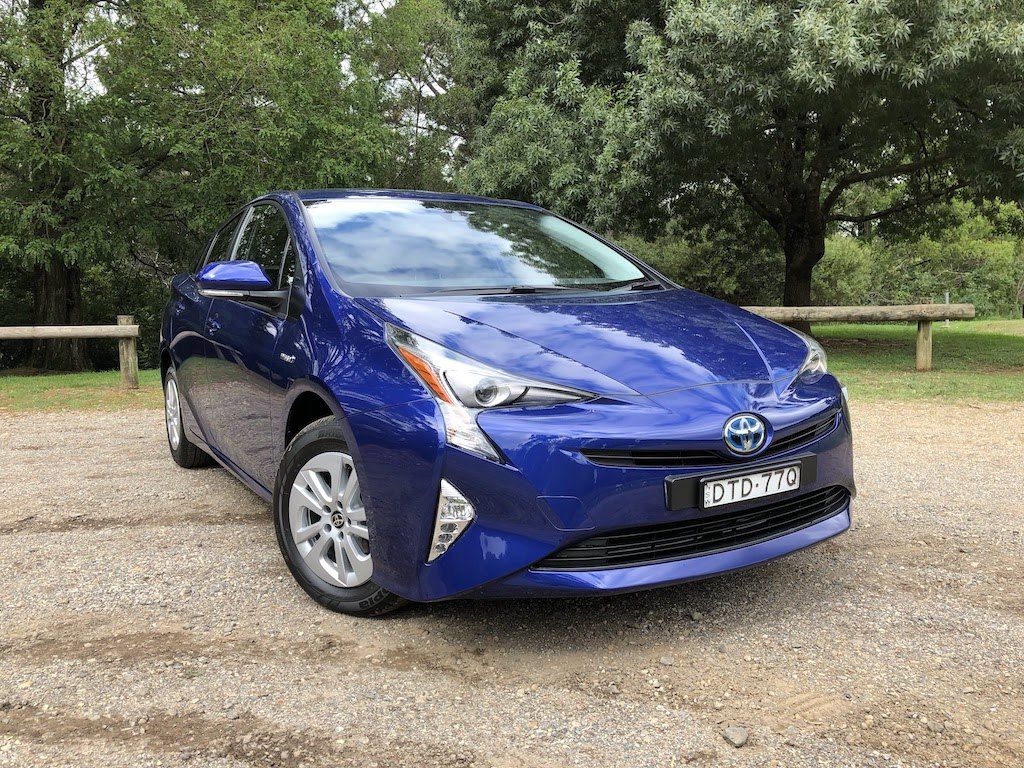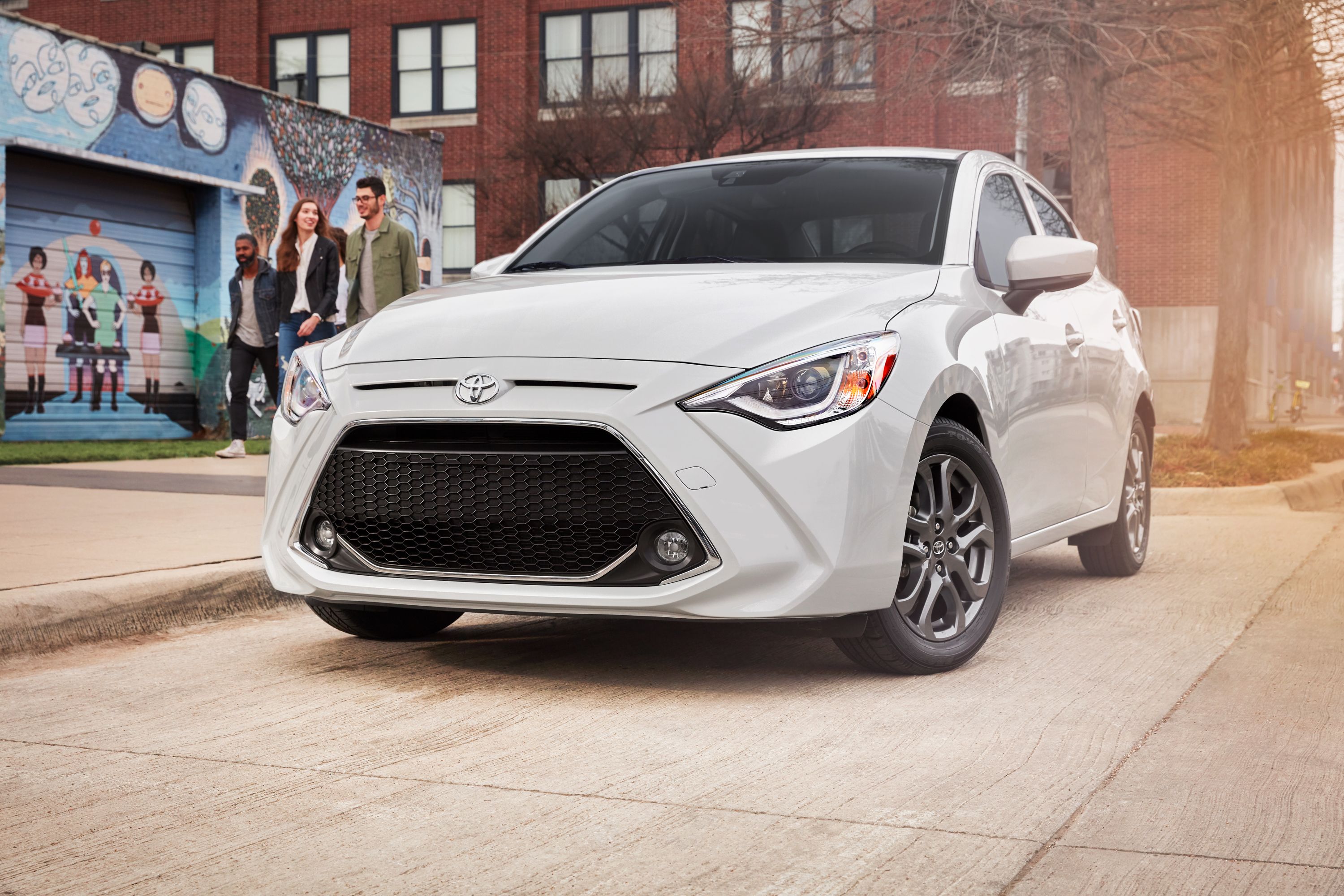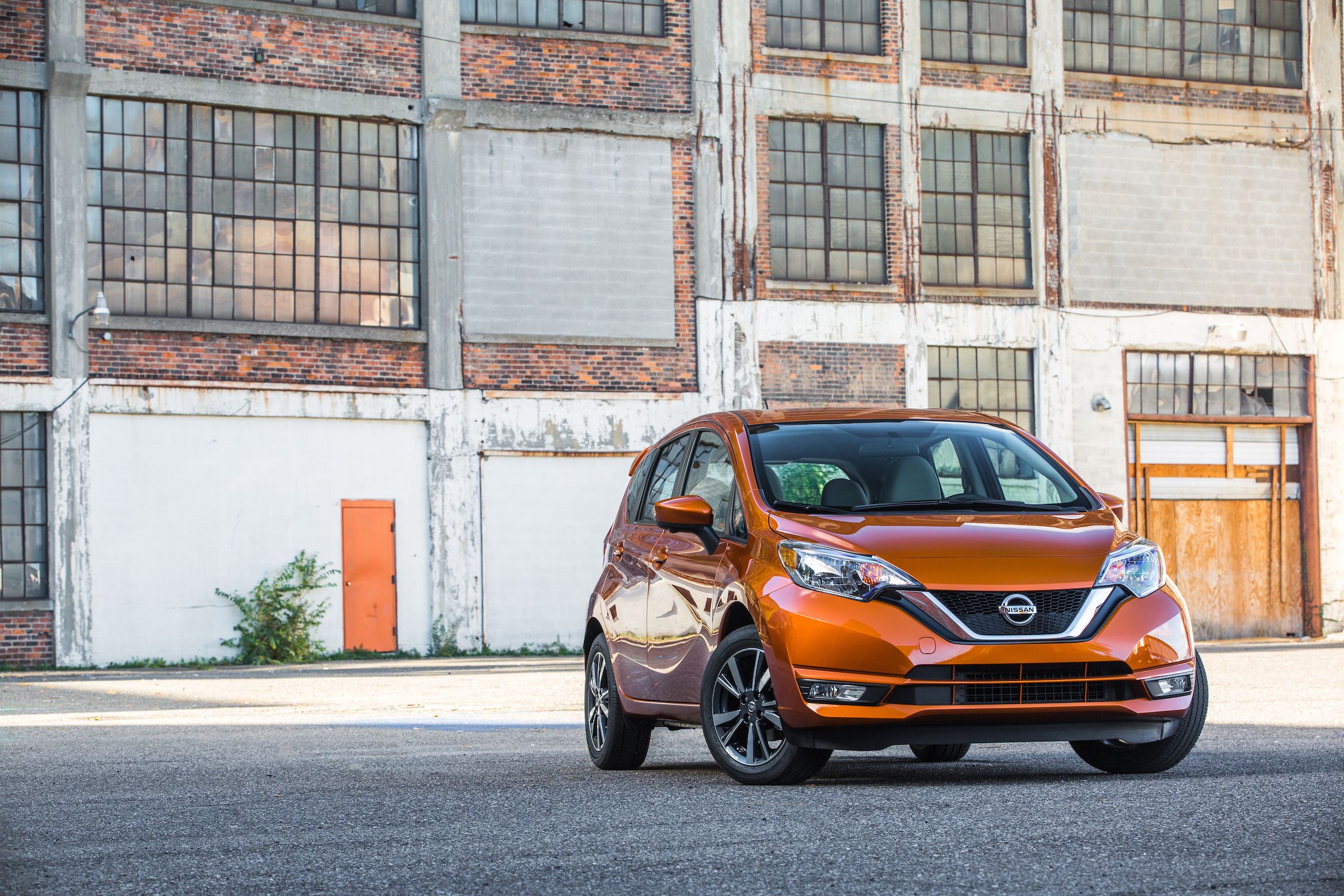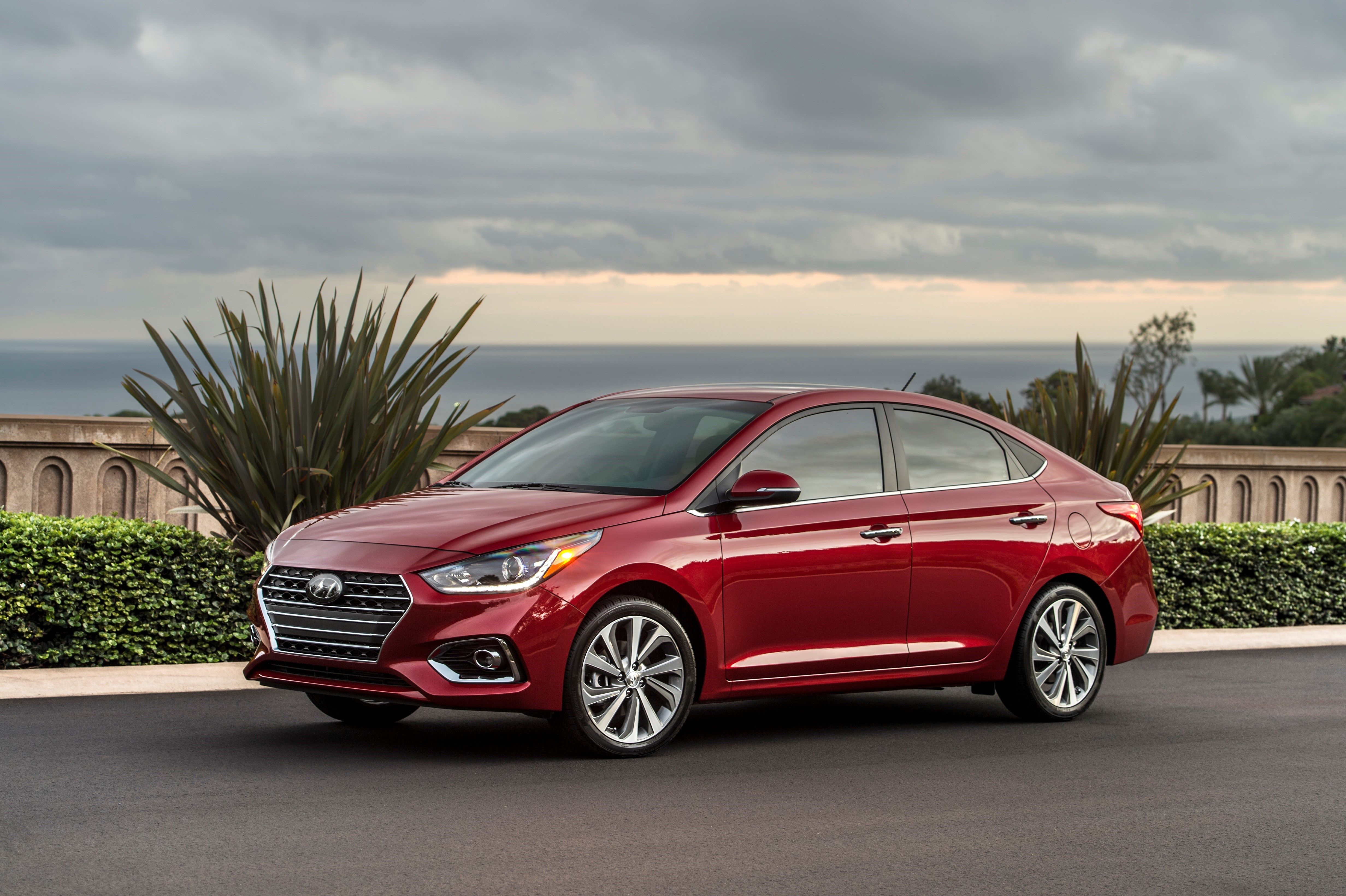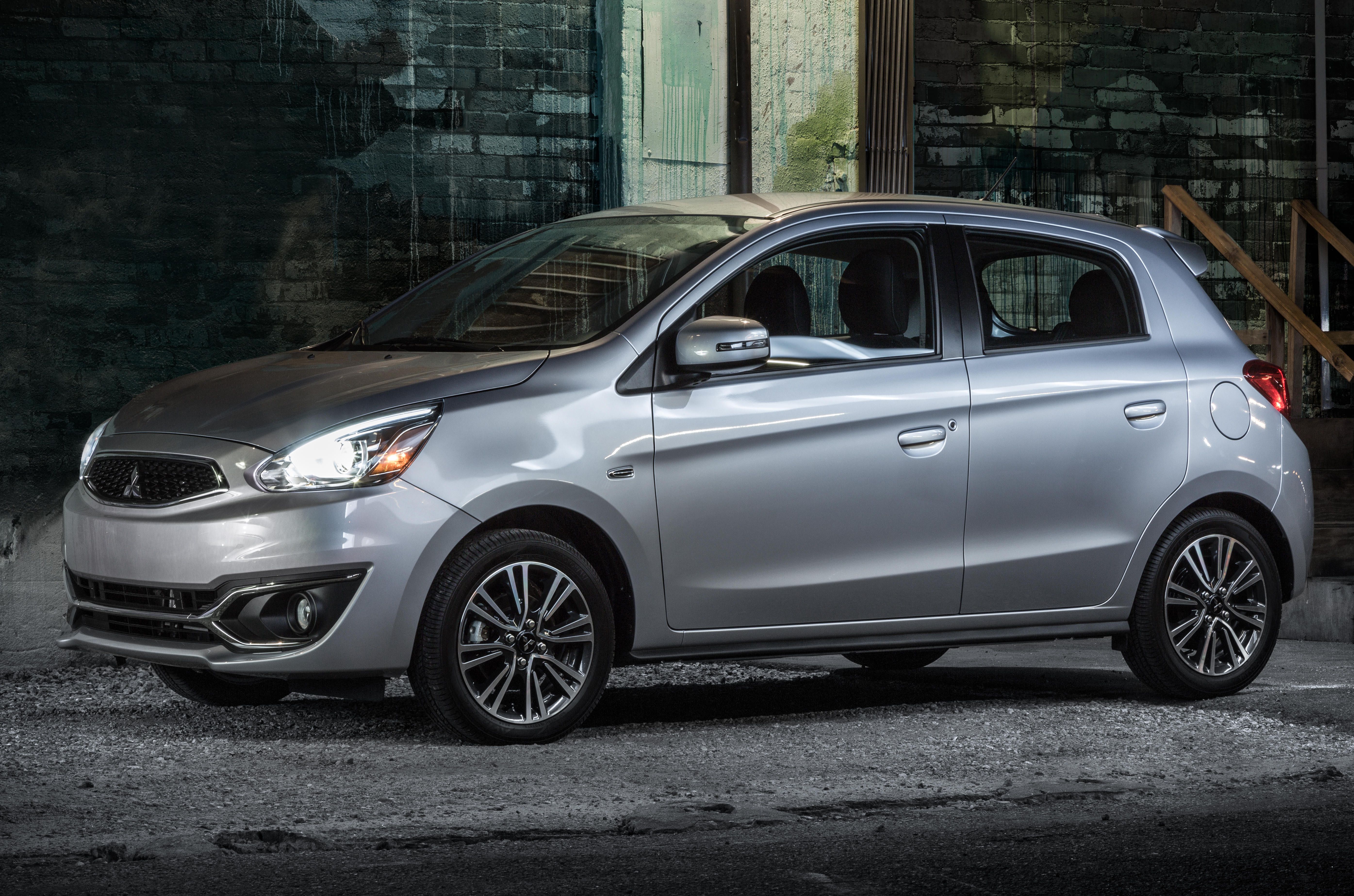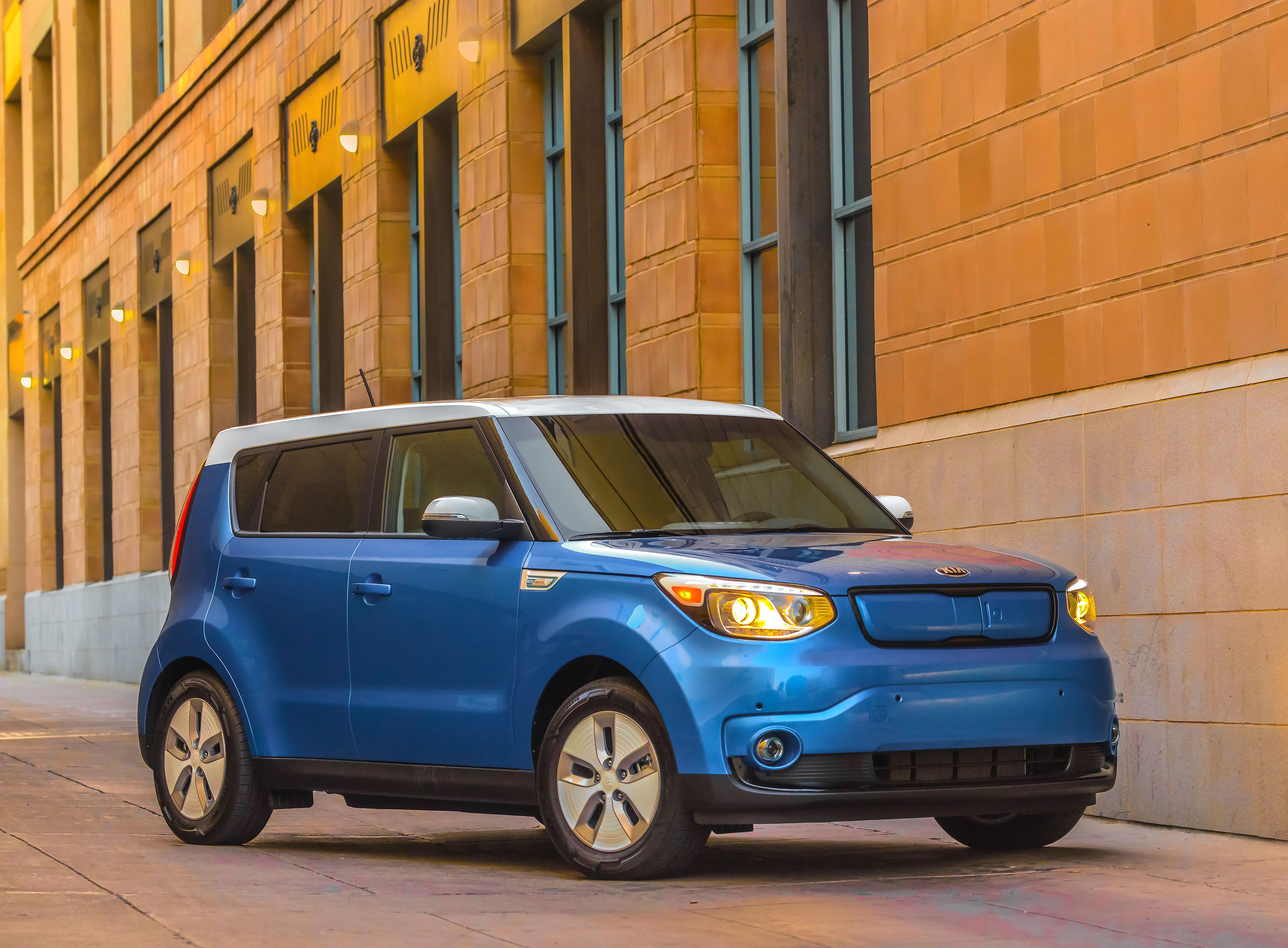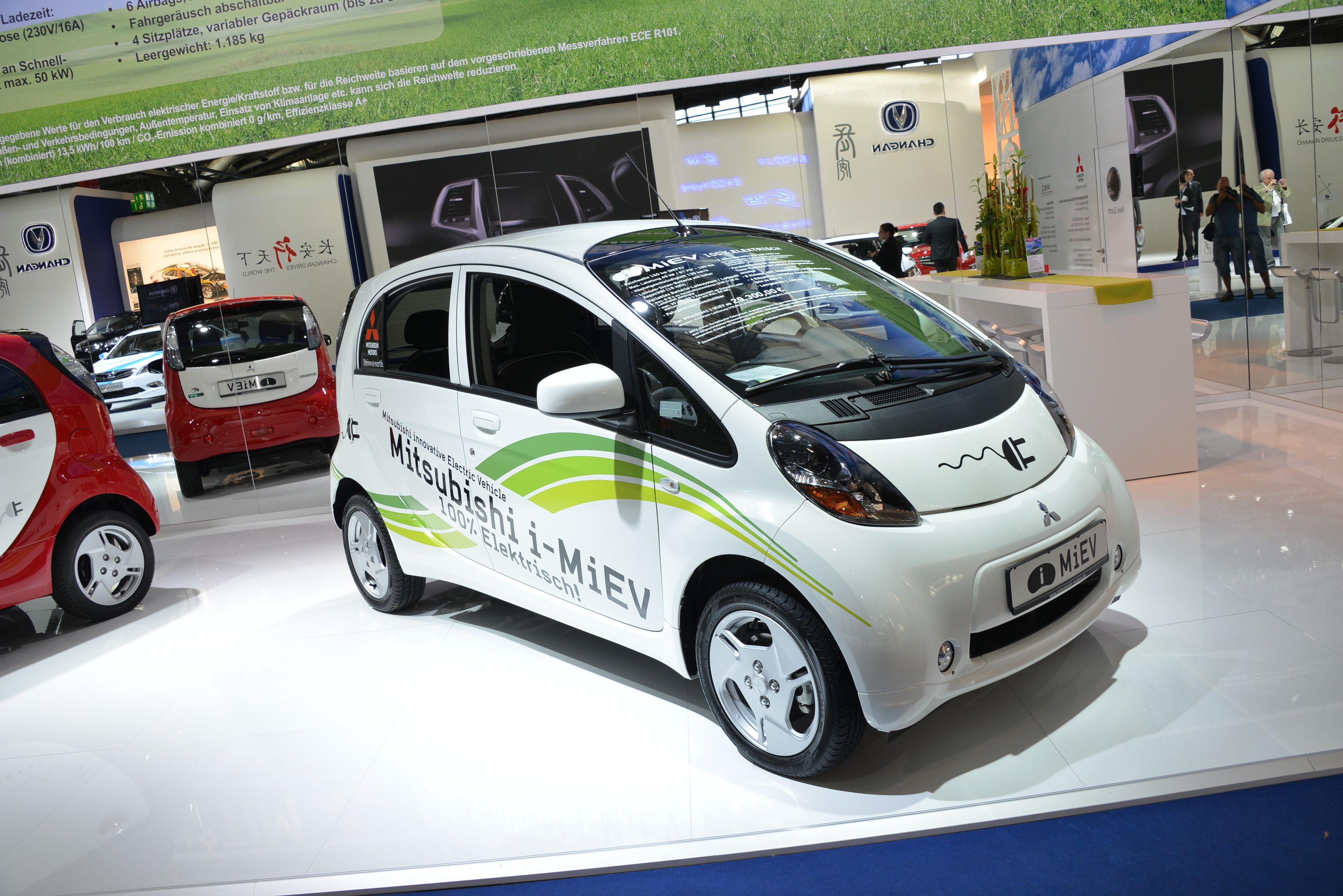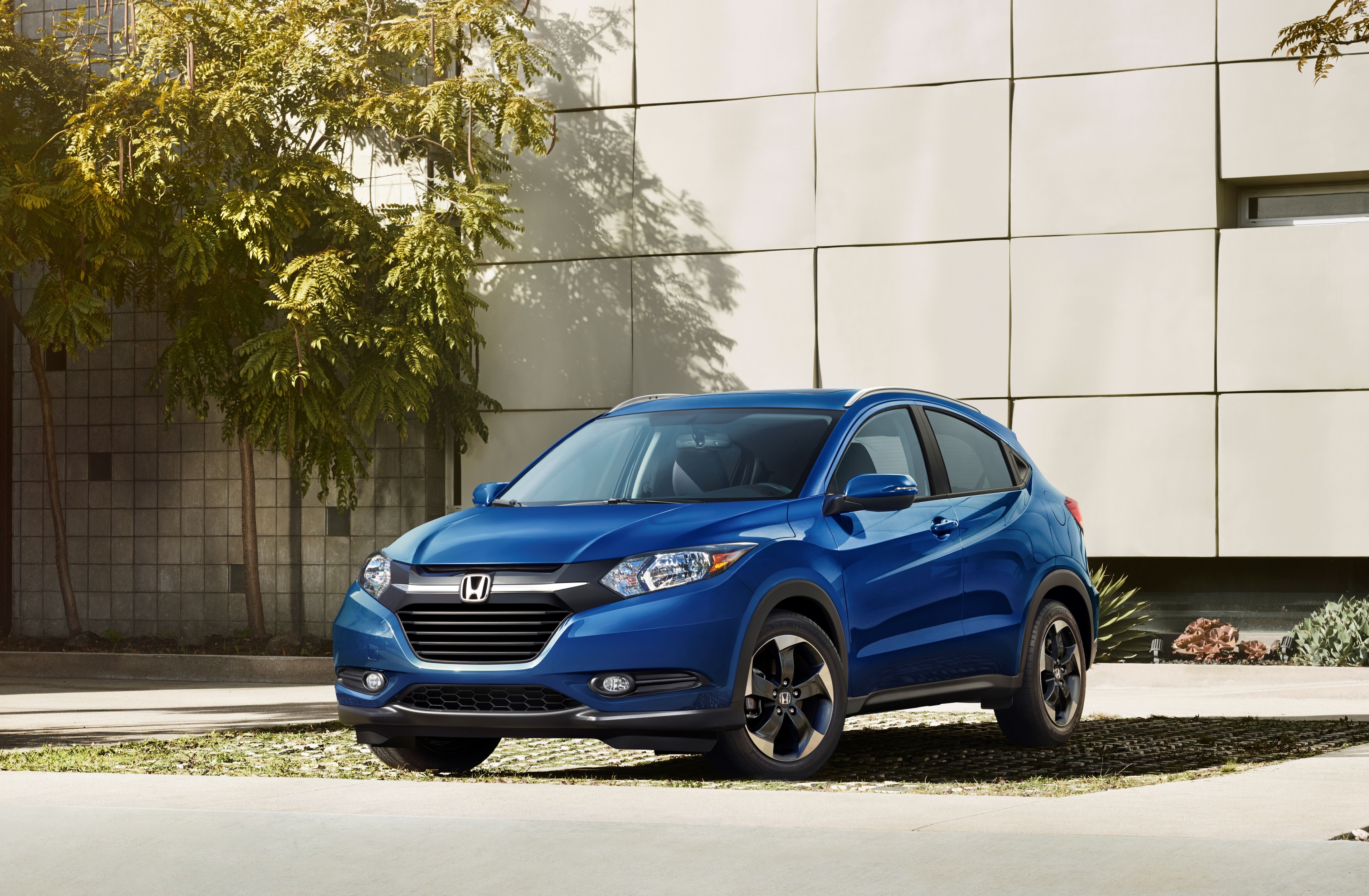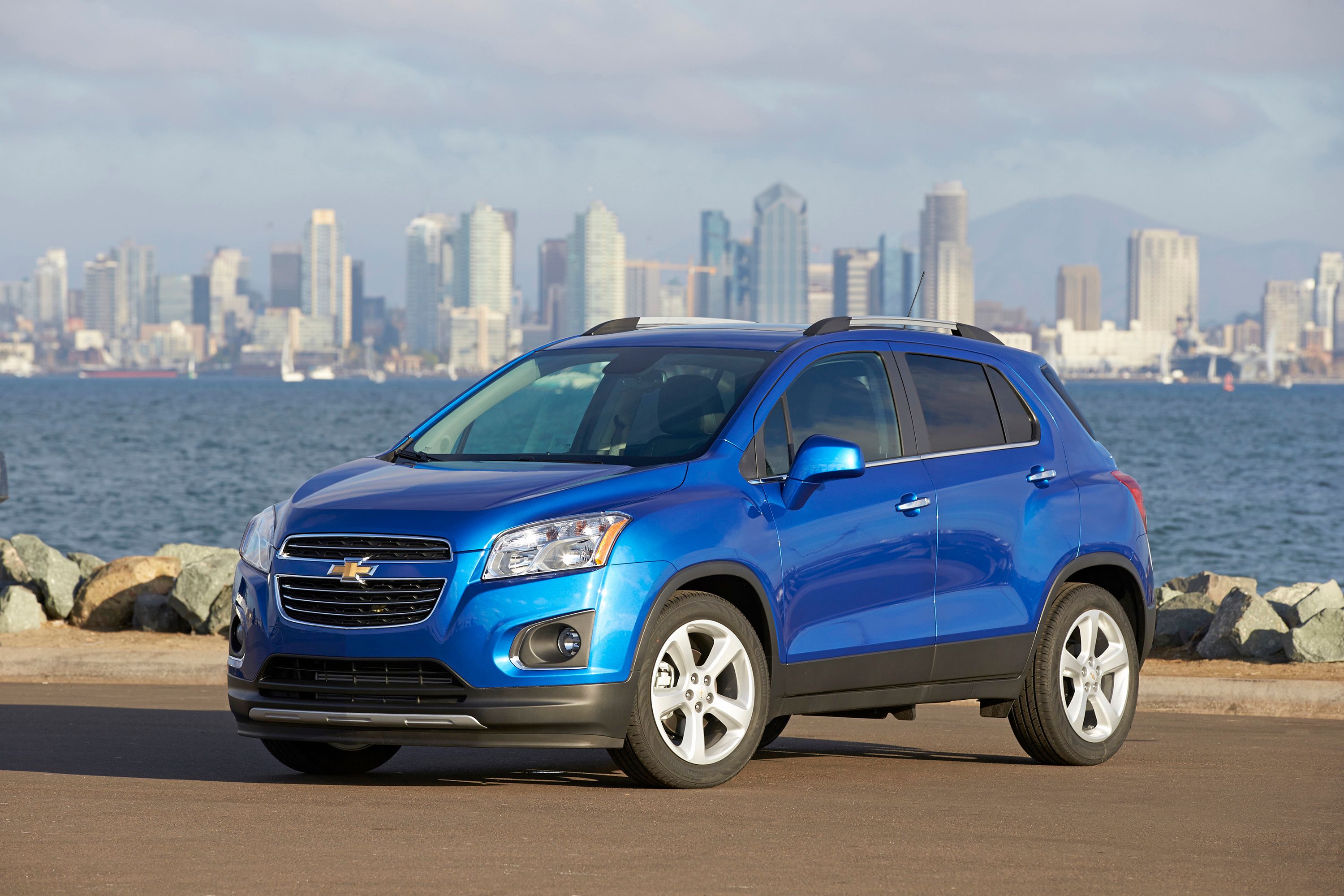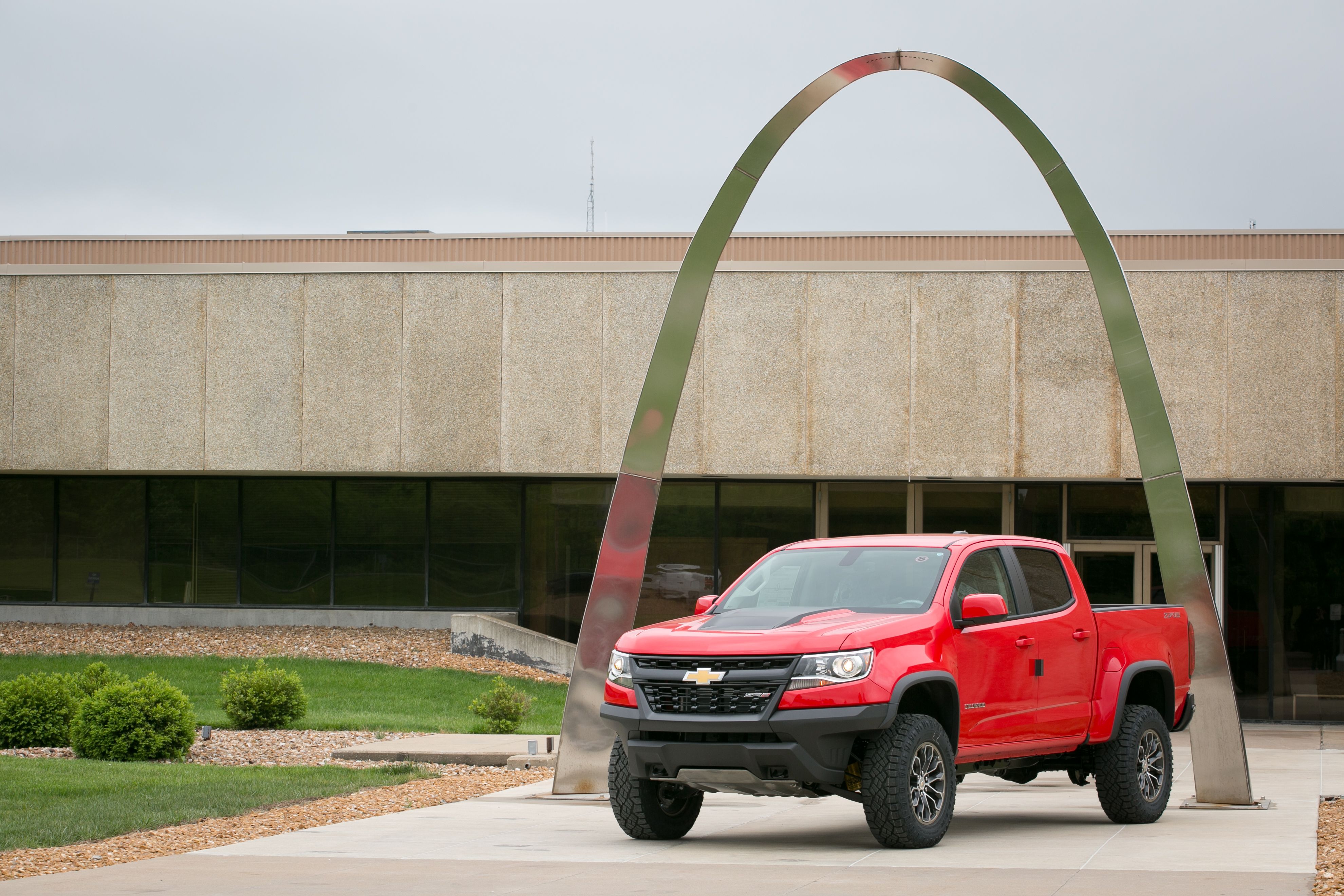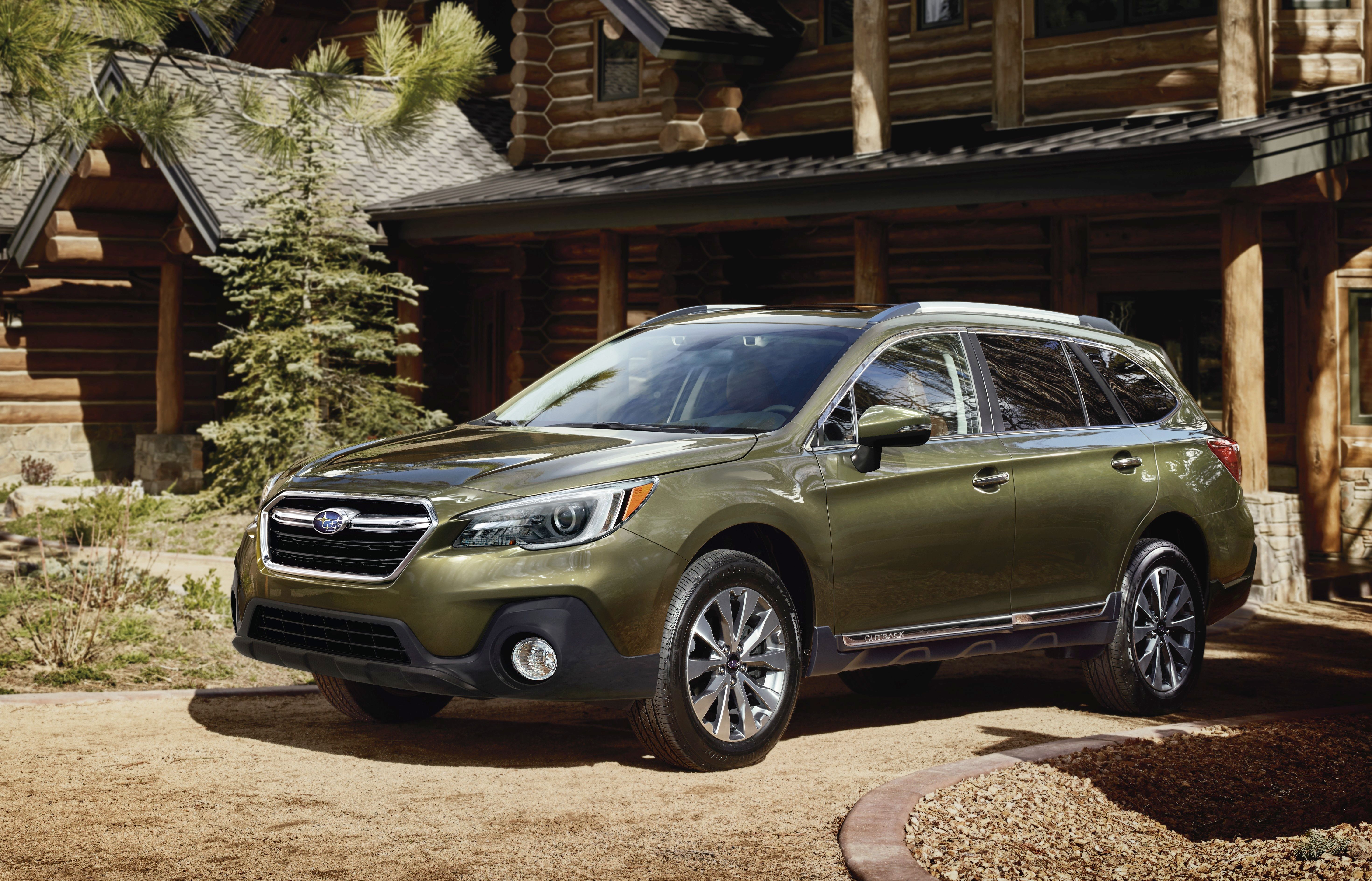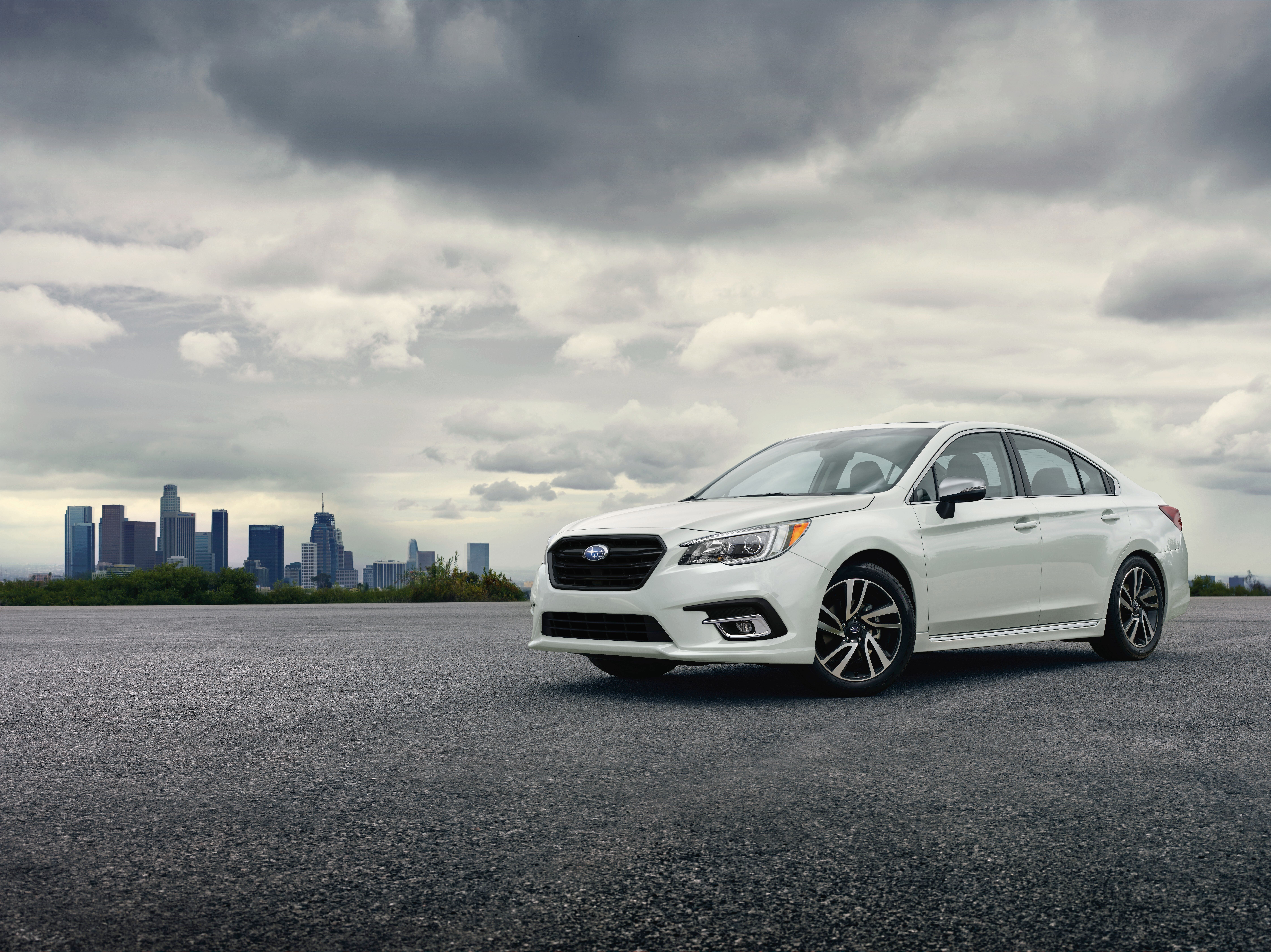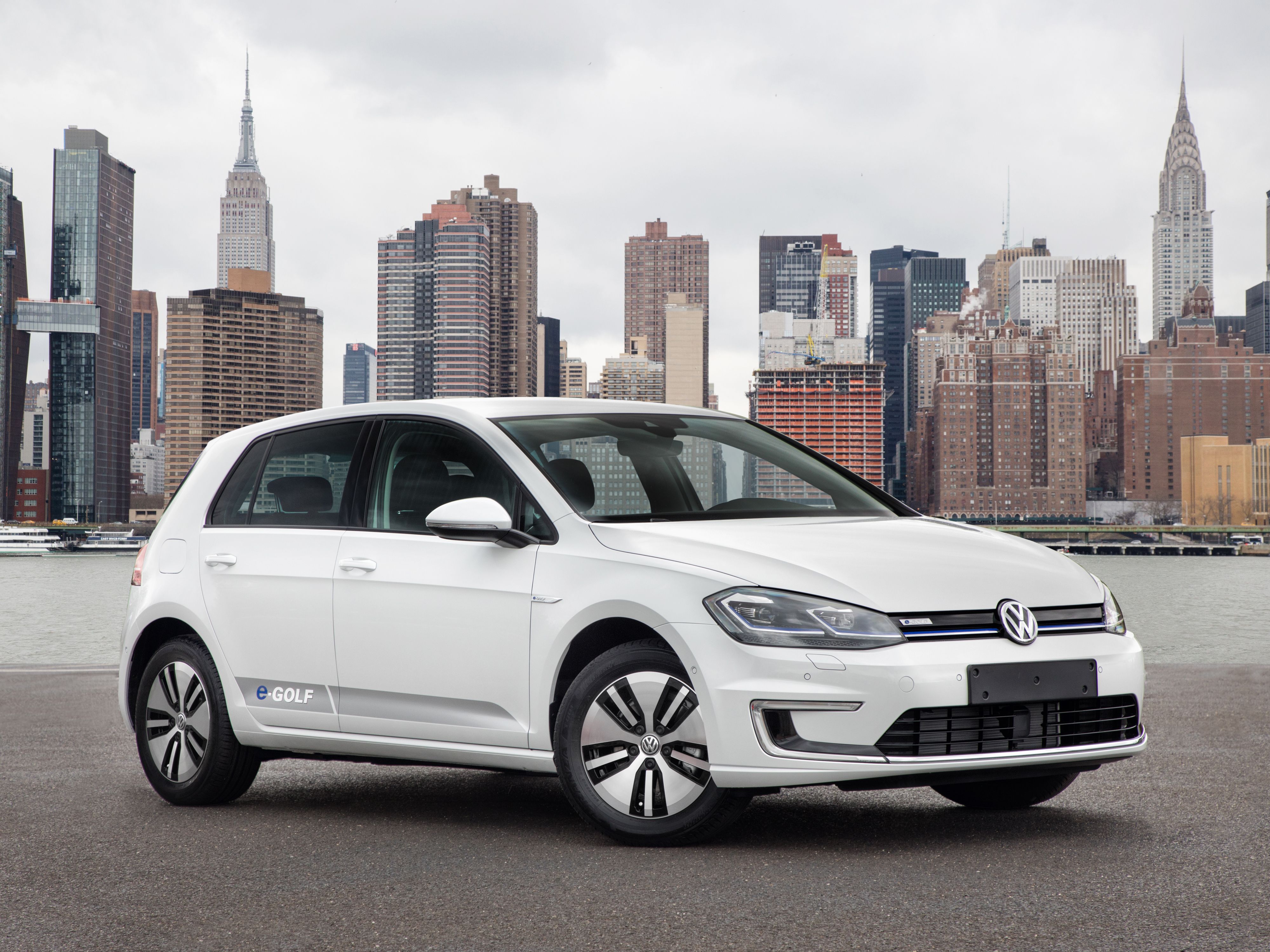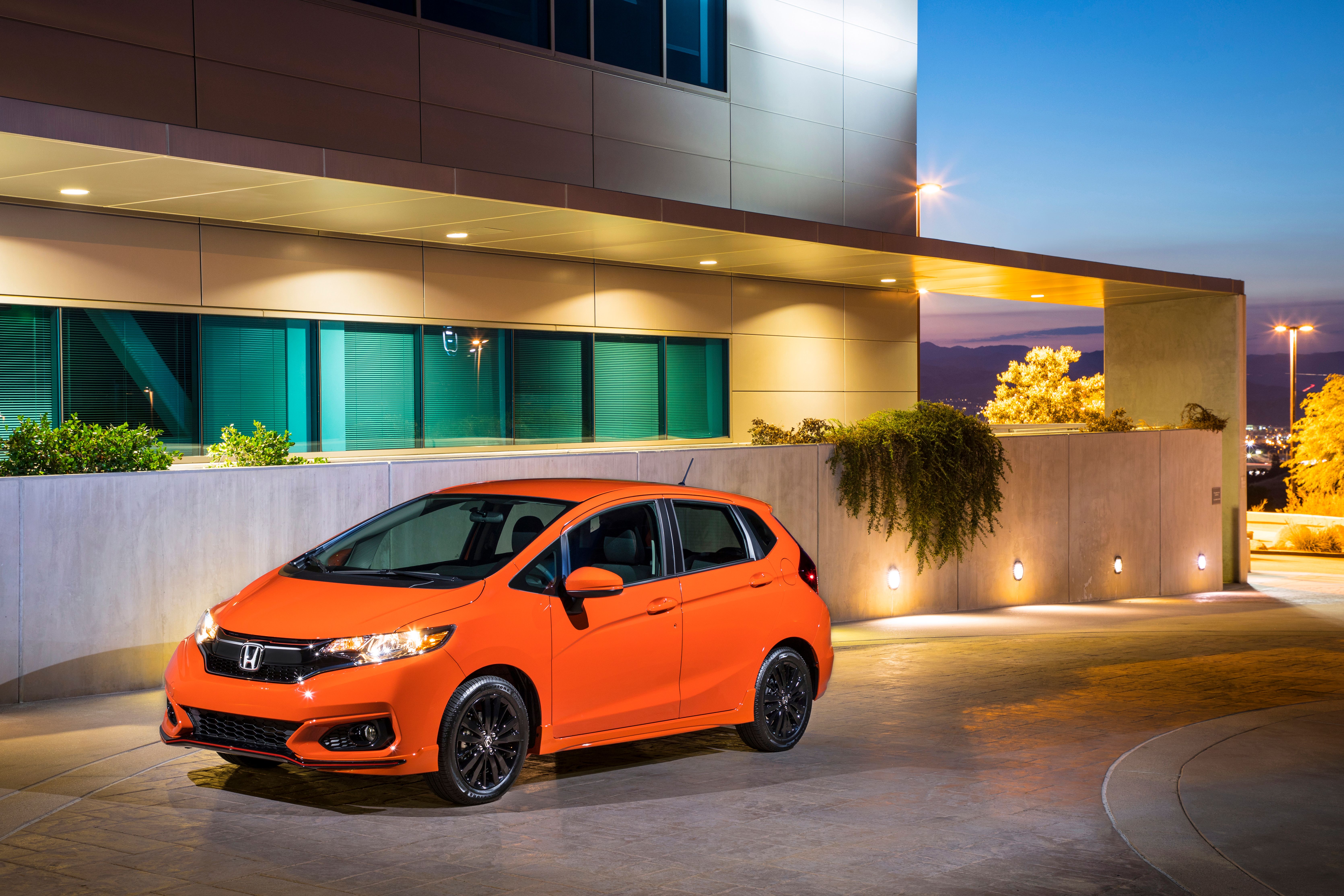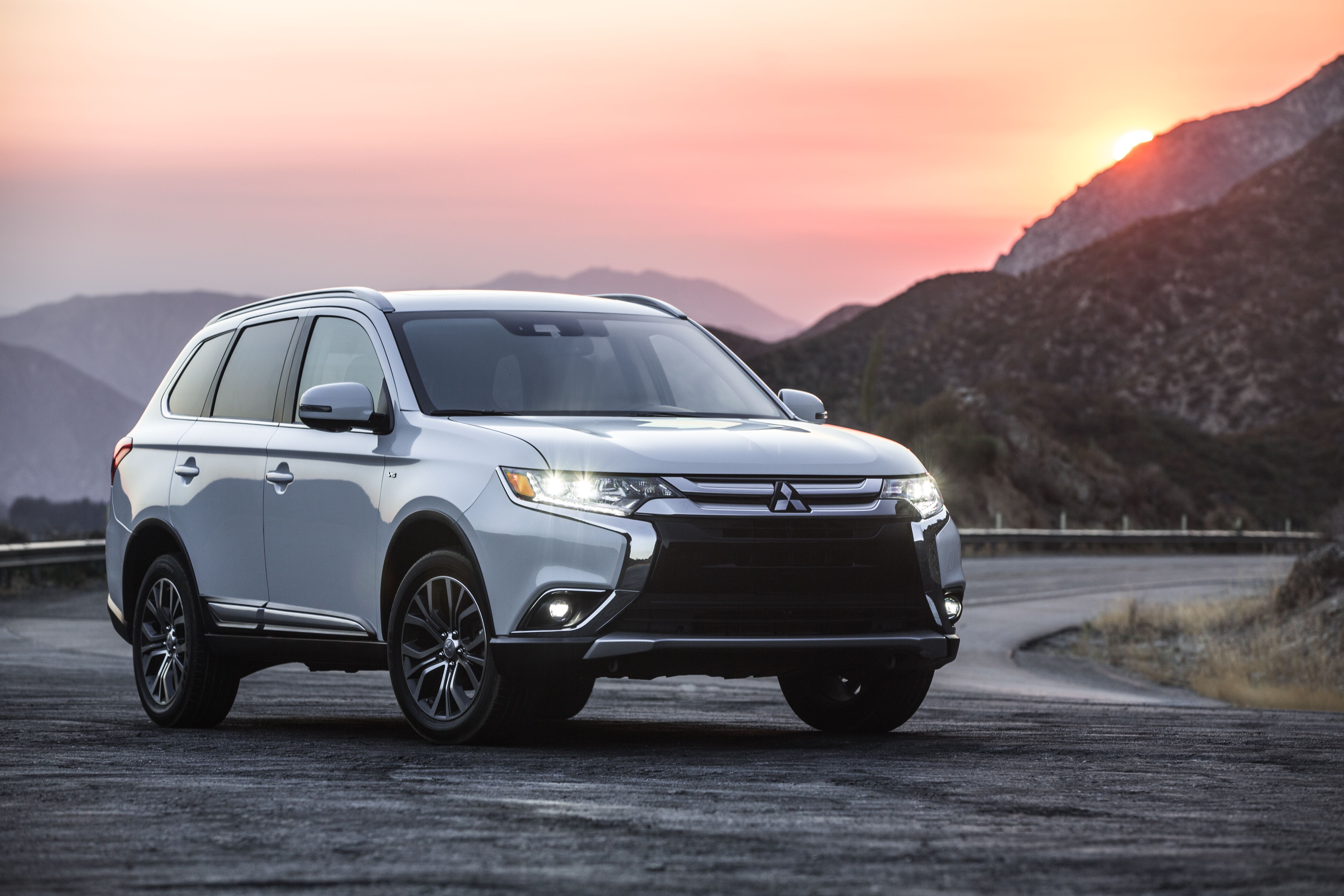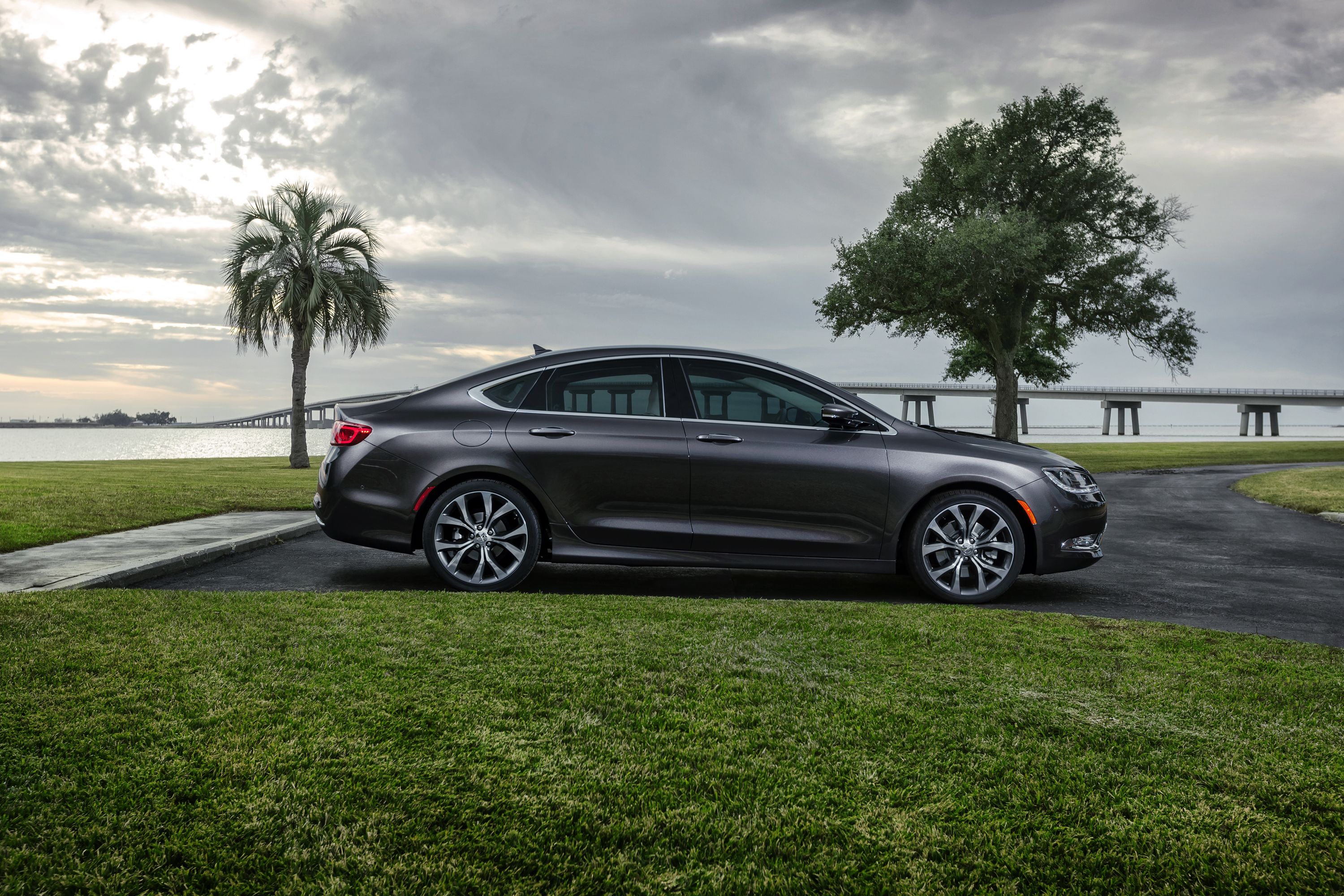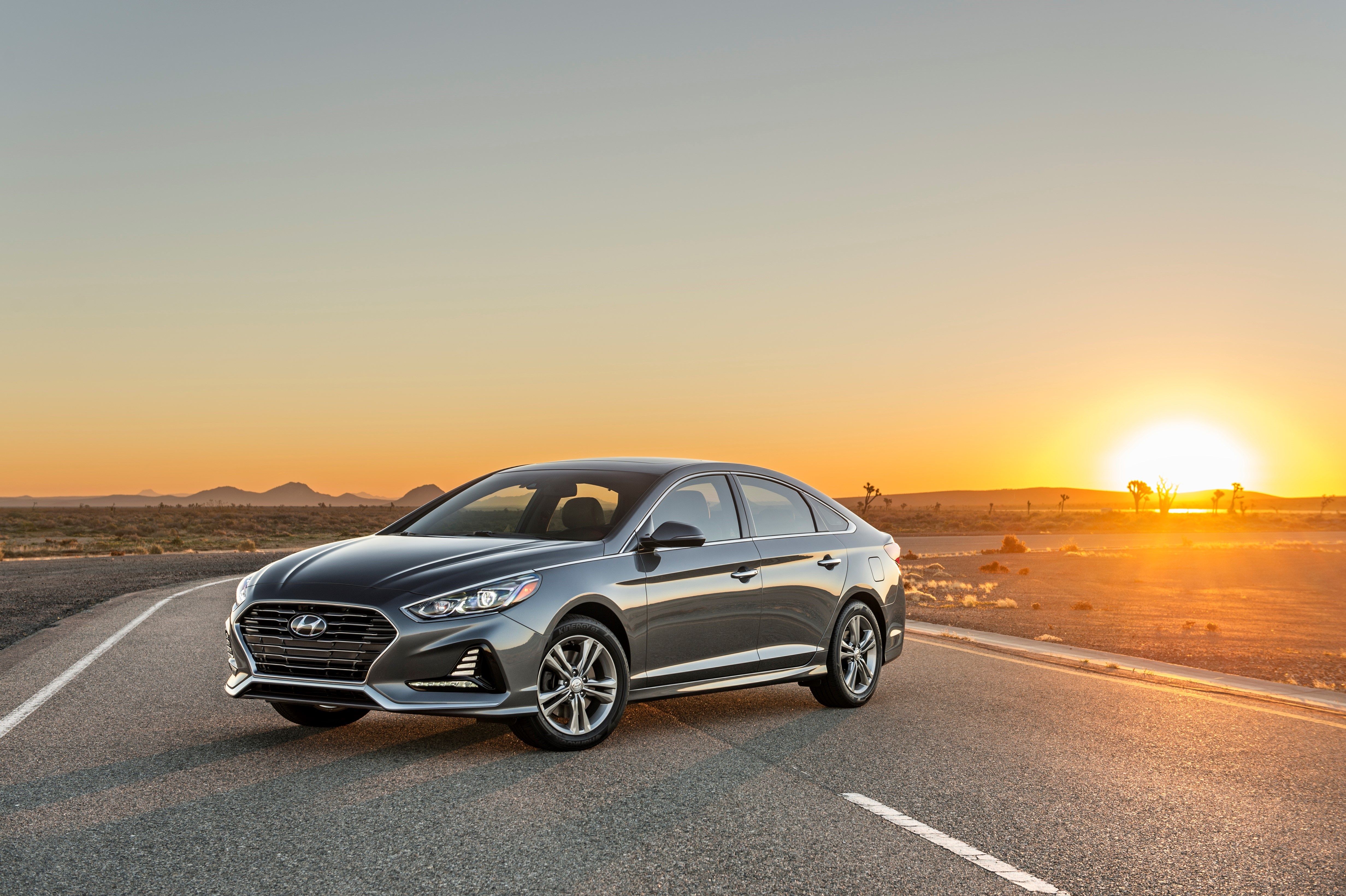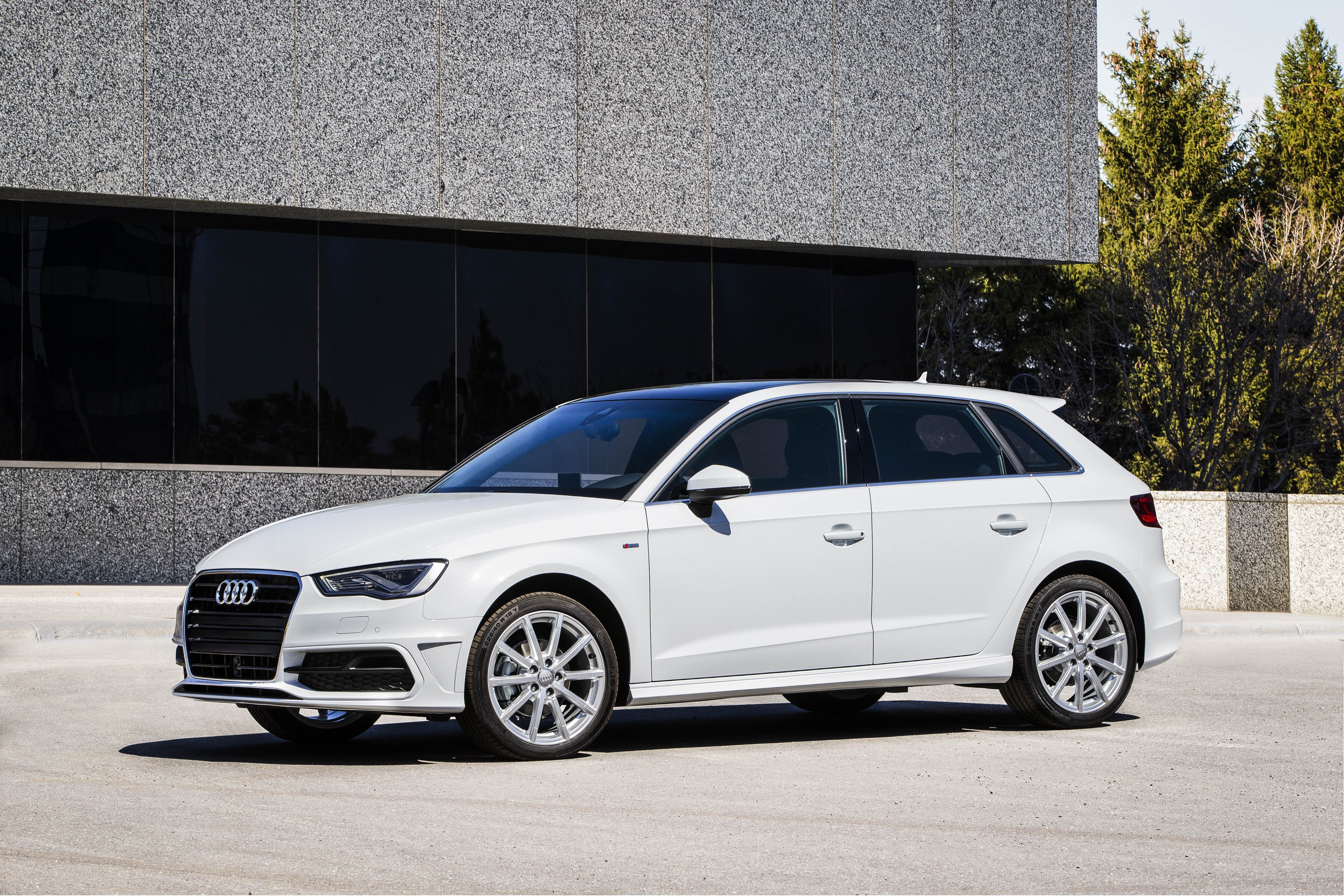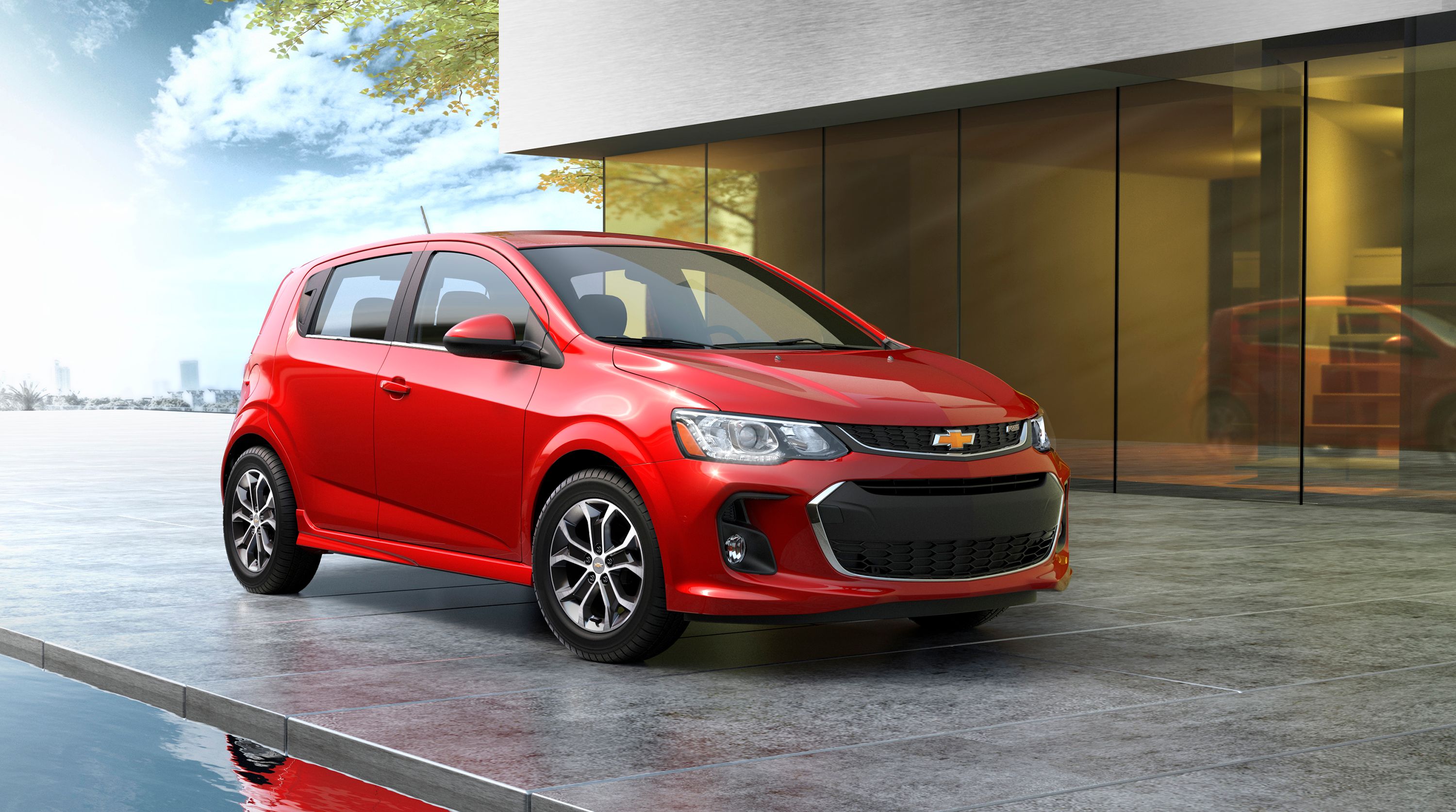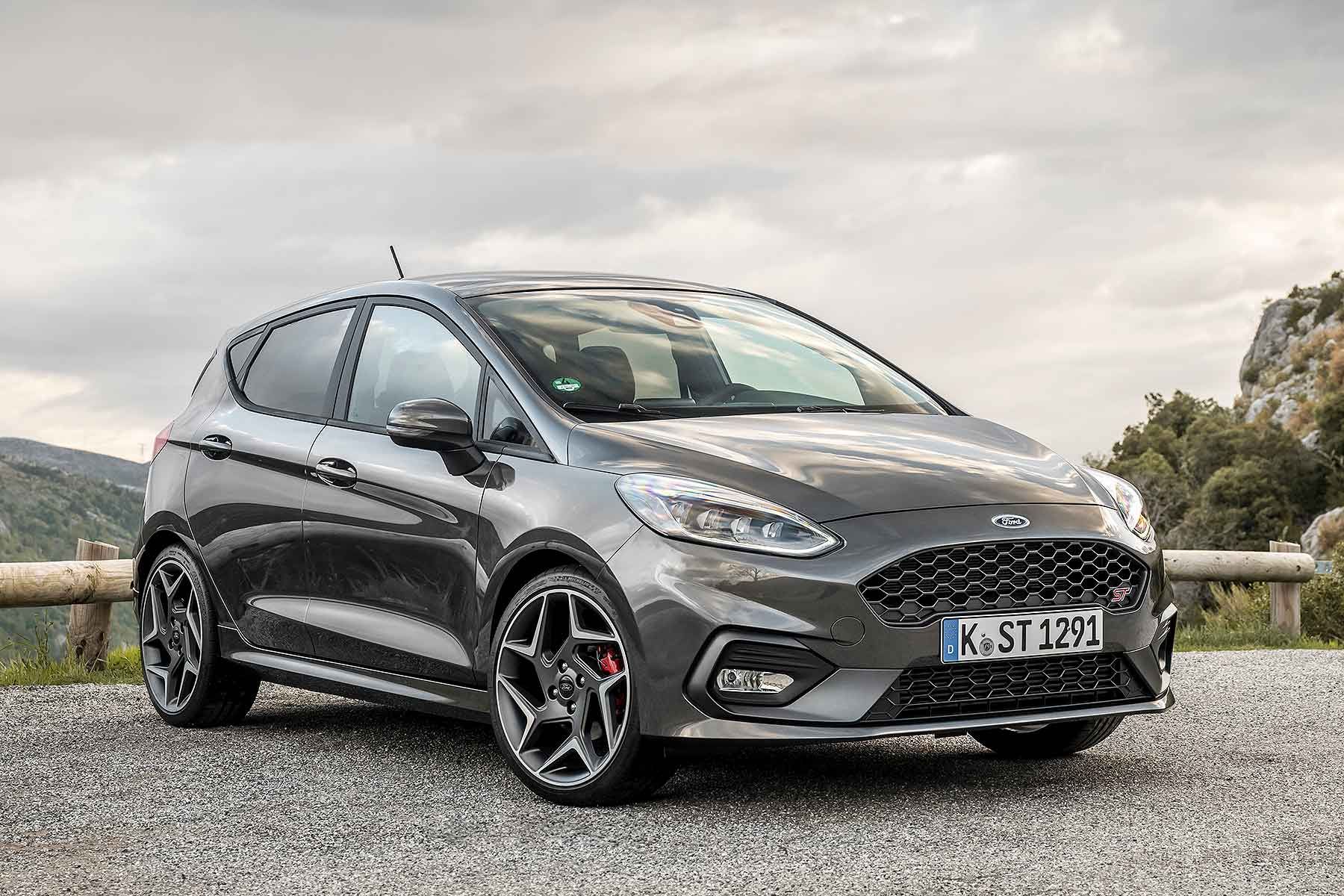With the onslaught of sports cars and supercars hitting the market in the last year, it’s almost enough to make us forget that there are a lot of really, downright embarrassingly, slow cars out there. Even the SUV market is starting to take a turn toward performance with models like the Skoda Kodiaq vRS and BMW X7 both offering some high level of performance compared to the best SUVs could offer just a few years ago. It’s almost scary to think about, isn’t it? Once known to be top heavy and unsafe at higher speeds or around corners, there are now SUVs out there that have a really low center of gravity and can actually negotiate twisties with the best of the low-riding sports cars of the era.
Now, when most of us get our first car, we like to pretend that it’s fast. And, in retrospect, our perception becomes our reality. Be that as it may, first cars and, more notably, most compact cars or SUVs, aren’t really as fast as we think they are. And, that’s why this list actually exists. I present to you 20 of the slowest cars out there – those that are embarrassingly slow to 60 mph. And, to top off the list, we’re including a handful of those that can make that same run in less than three seconds. You know, just for fun.
25 Toyota Prius- 10.5 Seconds
You didn’t think we would compile a list like this and not include the Toyota Prius, did you? In fairness, it’s crazy economy makes up for its slowness as long as you’re not in a hurry, but when outlets like Car & Driver say that it sets a “new low for slow,” I think the point is very clear – the Toyota Prius is embarrassing if you’re trying to get up to speed. The current-gen model that hit the market for 2016 is a bit better, but I had a chance to drive a 2004 model once and even getting on the highway was a drag. You can put the pedal to the floor, and it’s comparable to driving an old Yugo hatchback, at best. In fact, without a long enough on-ramp, things might even get a little scary. On the plus side, you’ll get great fuel economy even at higher speeds, so at least those dreaded highway entries will be far and few between on road trips.
24 Toyota Yaris - 10.2 Seconds
This tiny little hatchback, with Camry-like looks, is Toyota’s smallest entry and is nestled ever so nicely in the subcompact segment. Now, this car had the opportunity to be a hot hatch, for its size, anyway, but in base trim, it delivers just 106 horsepower. Even for a car this small, that’s not a lot.
It’s so slow that it takes 10.2 seconds to get to 60 mph with the hammer down. Edmunds points out that its acceleration is, in fact, “slow, even for the subcompact segment.”
It’ll still be the Prius in a race, but you probably shouldn’t try. Fuel economy is decent but 36 mpg, at best, isn’t exactly something to write home about either – small cars were delivering those number 10 years ago. The other thing to note is that you might want to avoid the Yaris if you’re tall as headroom isn’t exactly generous and taller folks have a hard time getting comfortable. It’s not bad for a first car, but do yourself a favor and don’t pretend it’s fast. It’s not.
23 Nissan Versa Note - 10.3 Seconds
The Versa Note is, basically, a cross between a hatchback, a crossover, and a Minivan, often referred to as an MPV in some parts of the world. It boasts some good qualities like a spacious interior, great cargo room, and it’s even fuel efficient with a rating of nearly 40 mpg during highway cruising. It does have some rather serious low points, however, that include disappointing build quality – meaning the interior isn’t finished or held together all that well – and it’s even underpowered with Motor Trend reporting that it has just 109 horsepower and 107 pound-feet of torque. The worst part is that the power comes from a 1.6-liter four-cylinder that has a lot of potential, but Nissan dropped the ball. Outside of the fact that the clunky CVT transmission makes the car a bore to drive, it’s also downright slow. It takes 10.3 seconds to get to 60 mph, and don’t even talk about top speed.
22 Hyundai Accent - 11.1 Seconds
Hyundai may not be the same econobox automaker that it once was, but it’s still turning out a few of those econoboxes. The worst offender is the Hyundai Accent. It has a little more power than the Versa Note, for example, registering 130 ponies, but that’s enough for this Sedan to put you to sleep as it takes an 11.1-second run to 60 mph. Cars.com reports that ride comfort isn’t bad and the manual transmission is a joy to use, but if you load it up, say with a couple of rear passengers, the ride quality drops significantly and, at speed, you pick up a lot of wind and engine noise inside the cabin. Even as an “economy car,” it delivers just 32 mpg combined, so it might be a decent ride for daily commutes or the occasional run to the supermarket, but there’s nothing fun about it. Oh yeah, and those standard, 15-inch wheels – they don’t really deliver in terms of grip on slick surfaces so if you end up with one of these, you better opt for the 17-inch wheels. They apparently improve handling dramatically.
21 Mitsubishi Mirage - 11.7 Seconds
There’s no denying that Mitsubishi, as a brand, is struggling. It’s latest effort to save itself was to bring back the Eclipse name – which was once associated with a pretty cool sports coupe – on a crossover. Maybe the crossover will help save the brand, but relying on the clout of an old, respected name probably wasn’t the best idea. But, I digress. The point is that Mitsubishi lost its way a long time ago and never has that been more evident than with the Mitsubishi Mirage.
First of all, the current-gen model was introduced back in 2012, so it’s a dinosaur as far as the auto industry is concerned. And, it’s so underpowered that the people who make it don’t even like it.
This little car boasts a 1.2-liter three-cylinder that’s about as peppy as your grandma. That’s not an understatement either because it has just 78 horsepower on tap, enough for an 11.7-second sprint to 60 mph. Even Edmunds points out that “Acceleration is very slow.” It has also been condemned for having a rough, noisy engine and excessive road noise at higher speeds. It’s not the acceleration that’s embarrassing. The car itself is embarrassing.
20 Kia Soul EV – 9.8 - 12.0 seconds
The Kia Soul, as a model, is an acquired taste because it has that old-school boxy design. It’s not a bad car, really, but the Soul EV was what we would like to call a missed opportunity. The beauty of electric cars is the benefit of near-instant torque delivery and generous horsepower outputs. But, Kia decided the Soul EV only deserved a 30-kWh battery pack and a motor that was good for some 109 horsepower and 210 pound-feet of torque.
2018 brought about a few improvements that increase range from 93 to 111 miles, though, so that was nice.
Acceleration was also improved, with the sprint to 60 mph taking 9.8 seconds instead of 12 seconds. It’s still outrageously slow, though, and the electric range is laughable at best. According to Car & Driver, it’s a little quicker to accelerate when you’re already on the go, but from a standstill, it’s a bit boring. Either way, don’t expect to enjoy the true benefit of fast electric acceleration with the Soul EV – it just isn’t going to happen.
19 Mitsubishi i-MiEV - 14.7 Seconds
Oh, how we feel bad for Mitsubishi. The brand just doesn’t know what it’s doing. Much like it did with the Lancer, Mitsubishi has let this weird electric vehicle fall victim to a serious lack of trying. In production since 2009, this thing is a senior citizen and, as an electric car, it doesn’t stand a chance. Electric cars should be able to offer at least one of three things – decent range, decent acceleration, or decent power. The i-MiEV, on the other hand, doesn’t deliver on either point. As Car & Driver points out, it has just 66 horsepower from a single electric motor. Its tiny battery is good for a range of just 62 miles at best with full charging taking 22 hours on a regular household plug. You can upgrade to a level 2 charger for 7-hour charge times, but that’s still just 62 miles of range. It’s squirly at higher speeds, takes anywhere between 13 and 14.7 seconds to get to 60 mph, and a quarter mile comes in at 20.3 seconds @ 67 mph. top speed is just 80 mph so, yeah all embarrassment and no fun. Oh, and a new model starts out at $30,000, so it’s not exactly reasonable, either.
18 Honda HR-V - 9.5 Seconds
Honda’s subcompact crossover is a firm answer for those that need a small family car with sporty looks. It’s current generation, which hit the market in 2016, is relatively fresh and commanding as far as appearance goes. But, with a somewhat underpowered 1.8-liter four-cylinder under the hood, it’s not exactly a performer. It might look like one thanks to its somewhat aggressive looks, but Car & Driver reports that it takes as much as 9.5 seconds to get to 60 mph. Man… wake me up when you get there. The outlet even went so far as to rate it at just 3 out of 5 stars and noted its “lackluster acceleration” as one of its dominate low points. On the plus side, it’s fuel efficient, so it has that going for it, and it does haul a decent amount of cargo for its size, but don’t expect to get anywhere fast.
17 Chevy Trax - 9.7 Seconds
Now, GM is, sadly, known for its cheap-ish interiors and boring exterior design. The Chevy Trax falls into the same category. On top of that, it’s mind-numbingly slow with the sprint to 60 mph, taking 9.7 seconds on a good day, with the wind at your back, and enough gas to merely get you to the next gas station. Okay, so maybe I’m exaggerating a little bit, but I’m not kidding about the time it takes to get there. It’s not fun. At All.
The 1.4-liter four-cylinder under the hood was designed for nothing more than fuel economy, which is probably why most outlets note its sluggish engine performance.
Edmunds even notes that it “falls behind the segment in terms of performance and handling.” The outlet when on to say that “the tires even protest in even moderate turns.” Well, it does have an EcoBoost under the hood, and Chevy never intended it to be a true performer. On the plus side, it doesn’t exactly look the part either, and with a price point of just over $20,000, you at least get what you pay for.
16 Chevy Colorado 9.3
The Chevy Colorado is basically a midsize truck offering from Chevy, which means – you guessed it – the interior doesn’t boast anything to write home about. In top trim levels with larger engines can get you to 60 mph as fast as 6.1 seconds, according to Car & Driver.
But, if you’re rolling in a base model with the four-banger that’s good for 200 horses and 191 pound-feet of torque, you’ll get to the same benchmark in a lackluster 9.3 seconds.
Of course, this is a truck, so it’s not really expected to be all that fast but, with the onslaught of high-performance, high riders on the market today, one could hope for better performance out of Chevy’s popular midsize. The Colorado is even expensive when fully equipped, without any safety tech, so if you want something with a bed and decent performance that’s also safe, you might want to look elsewhere. The Colorado isn’t fast in base form, and you’ll pay too much to get the V-6 powered brut.
15 Subaru Outback 2.5I - 9.2 Seconds
The Subaru Outback boasts and incredibly spacious cabin and is a good alternative to the traditional SUV if you tend to use Roof racks a lot. On top of that, it’s decent for some light off-roading if you want to be a little different. Subaru’s AWD system is phenomenal, to say the least. However, unless you spring for the 3.6R model, you’re stuck with the 2.5-liter four-cylinder that is decent in terms of fuel economy but doesn’t really deliver in terms of acceleration. As Edmunds put it, “acceleration is lackluster.” Furthermore, the feel of the gas and brake pedal tends to make driving the four-cylinder model smoothly a daunting task. All told, this model, in its current form can hit 60 mph in 9.2 seconds. See, that’s the tradeoff. You get good fuel economy, decent off-road capability, easy roof loading, but it’s a turd when it comes to getting up to speed. You’ll still blow the doors off of a Prius, of course, but you won’t be winning any drag races otherwise. At a starting price of around $26,000 when new, however, one really can’t complain too much. Well, unless you like to go fast, anyway.
14 Subaru Legacy 2.5I - 8.6 to 9.2 Seconds
If you want all that Subaru goodness like AWD, fair handling thanks to AWD, and a spacious interior, but don’t want a wagon\SUV, you can go for the Legacy. It’s basically the same thing without the rear hatch. Of course, the base engine is the same 2.5-liter with just 175 horsepower and 174 pound-feet of torque. It’s not bad for a safe family hauler with a low ride height but, like it’s slightly larger brother, it’s not a joy to drive when it comes to accelerating.
Most outlets report a 9.2-second sprint to 60 mph – just like the Outback – but Car & Driver testing pinned the 2018 model at 8.6 seconds.
Motor Trend, actually loves almost everything about this sedan with the exception of the “weak base engine” and what the outlet refers to as “abrupt throttle tip-in.” Apparently, the gas pedal is a little hard to press, and it makes driving a little more difficult. That’s not surprising considering the same thing was said about the four-cylinder outback, but the fact of the matter is that, despite a somewhat sporty look, that 60-mph sprint is a bit embarrassing for a car from the same company that builds the WRX STI.
13 VW E-Golf – 8.6 to 9.1 Seconds
With some automakers really diving into the EV craze, it seems like everyone had to make a quick-sprint effort to put something with an EV badge on the market. That’s how we ended up with cars like the low-range Nissan Leaf and the Kia Soul, among others. These cars were basically models that were retrofitted with tiny batteries and electric motors. Volkswagen may be on the right path with its soon-to-launch EV lineup, but the VW E-Golf falls into the category of “we just need to have an EV.” In fairness, it looks like any other golf, and even drives like any other golf. That’s awesome. Well, except for acceleration and speed, of course. The E-Golf delivers just 134 horsepower from its electric motor which is, according to Car & Driver testing, good for an 8.5-second run to 60 mph. It’s not groundbreaking by any means, especially when you consider how performance-oriented electric cars can really be (think Tesla 3, for example). To top things off, the E-golf maxes out at 85 mph (does it have an RC car motor?) and will drive for about 125 miles on a single charge. It’s better than some on this list, sure, but it’s not exciting, either.
12 Honda Fit - 8.2 to 9.1 Seconds
If you’re from one side of the world, you’ll know it as the Honda Jazz. If you’re from the other side, you’ll know it as the Honda Fitt. Regardless of the name, however, this little supermini has the looks of a tiny hot hatch with the performance of, well, a slug. Various outlets report different performance specs with the highest being a 9.1-second sprint to 60 mph. Car & Driver clocked it at 8.2 seconds, but it could have had the wind at its back at the time. It’s not horrible considering the fact that it has just 130 horsepower on tap and can attain 40 mpg if driven the right way, but with a slow, buzzy engine it’s not exactly a blast to drive, and the newest model doesn’t really do the Fit name justice as the older models were actually more fun to drive. Of course, there are plenty of other options out there if you really want performance and speed, so it’s not a tragedy, but don’t expect to impress anyone if you put the hammer down at a stop light.
11 Mitsubishi Outlander - 9.0 Seconds
The Mitsubishi Outlander is probably one of the better offerings from the troubled Japanese brand but the front end design is “contentious” as Car & Driver put it, and unless you go for the range-topping GT trim, you’re stuck with a 2.4-liter four-banger that’s paired to one of the worst CVTs on the market. Ride and handling aren’t said to be all that bad, but Edmunds reports that all four-cylinder models experience “slow, noisy acceleration.” Sigh.
Mitsubishi says that the Outlander will reach 60 mph in nine seconds flat but C&D testing showed it took 9.2 seconds to get there with the PHEV model.
Needless to say, this isn’t the BMW X7, and it’s certainly not an SUV that you can brag about in terms of performance. Is it embarrassing? Well, it’s on this list, so yeah it is, but it’s not so bad as long as you don’t try to race anyone at the next red light. In fact, you might as well throw the concept of spirited driving out the window – it’s just not going to happen here. Most of that falls on the shoulders of the CVT, but it’s a fact.
10 Chrysler 200 - 8.7 Seconds
Chrysler is kind of like the Mitsubishi of U.S. brands. It’s troubled in more ways than one. So much so, in fact, that as of 2018 it only had two models in its lineup – the 300 and the Pacific. The brand boasts three, however, and includes the Pacific hybrid as a standalone model (haha.) Be that as it may, the 200 didn’t see good sales numbers (remind you of Mitsubishi at all?) and has been canceled as of the 2018 model year. In its time on earth, it was offered with either a four-banger or a V-6. Now, the V-6 was peppy with some 295 horsepower and even had paddle shifters to give it a performance-oriented feel. Car & Driver tested that model with and found it could shoot to 60 mph in 5.7 seconds. That four-cylinder, however, takes at least 8.7 seconds and, as such, is downright embarrassing – especially if your crew knows that the V-6 is fairly quick on its feet. Even the V-6 model topped out at 121 mph, so you know the four-banger didn’t come close and, to make matters worse, Motor Trend reports that it lacked the refinement you would expect for a car of its class. It’s a shame. Chrysler could have done it right.
9 Hyundai Sonata - 8.4 Seconds
The Hyundai Sonata looks rather sporty and even has that Audi-Sportback design styling. It’s a decent looking car, and that much is uncontested. As a model with this styling, however, the Sonata could have been a game changer for the brand. Instead, the internet is plastered with reviews that showcase a classic story of poor execution. Cars.com says the base engine is “just adequate” while Edmunds says the base engine – a 2.4-liter four-cylinder, by the way – is lackluster.
Performance data for the Sonata is mixed at best, with some independent testing ranking the Sonata with an 8.4-second run to 60 mph.
That’s pretty embarrassing for a car that looks as sporty as this. Car & Driver did have Hyundai’s back though, with testing from the outlet concluding the benchmark coming in anywhere between 6.5 and 7.1 seconds. Top speed was also benchmarked at anywhere between 130 and 145 mph. Should these figures be accurate for the current model, maybe it wouldn’t be so embarrassing, but anything more and it definitely deserves to sit not so pretty on this list. Hyundai, if you’re reading this, please give the Sonata the power it deserves. You could seriously take on the German trio if you really wanted to.
8 Audi A3 TDI - 7.9 to 8.3 Seconds
Audi quit selling the A3 TDI here on this side of the pond, and it’s no surprise. The truth is, we really didn’t want a car with Audi looks and subpar performance. After all, the base A3, with a 2.0-liter four-cylinder can hit 60 mph in 6.6 seconds. That TDI, however, according to Car & Driver testing in 2015, took 7.9 seconds. And, if you were rolling at 5 mph, getting to 60 with the hammer down took 8.6 seconds. Yikes. At this point, it’s embarrassing, and it was better for Audi to cut its diesel engine from the market altogether. That same TDI model, by the way, took 16.2 seconds to run a quarter mile and it did so while crowning a heart-breaking 86 mph. It was also noisy on the highway and the “opposite of fast.” For a car that’s advertised with the words “luxury” and “performance,” the A3 TDI just didn’t deliver. On the plus side, it was fuel efficient, but when you know what anything with an Audi badge is capable of, the TDI’s performance just doesn’t cut the mustard.
7 Chevy Sonic - 8.2 to 9.7 Seconds
As of 2019, Chevy has updated the Sonic’s engine lineup and effectively dropped the underperforming 1.8-liter engine. Prior to 2019, the base engine was good for a 9.7-second stretch to 60 mph. Seriously, folks. The thing actually looks sporty, and you could feel your beard grow as you tried to get on the highway. Now that 2019 is here, and Chevy as rectified things with by making the 1.4-liter turbo engine standard, things are a little better.
That 138-horsepower engine sounds lackluster, but it does drop that 60-mph run down to 8.2 seconds.
It’s still nothing to write home about, but it’s not as embarrassing as taking nearly 10 seconds. Either way, the Sonic lands on this list because it has that all-show-no-go aura to it. It actually looks quick, and it feels like it should be faster, but it just isn’t. You will get up to 128 mph if you really try but, it’s going to take some serious effort. Of course, the entry-level sticker sits at $16,170, so you can’t really expect performance to be a big selling point.
6 Ford Fiesta - 9.1 Seconds
When it comes to the Ford Fiesta, we really want to use words like “cute” and “adorable,” but it’s really not. It has Ford's basic design language with that weird, boring grille and those excessively long headlights that seem to take up the entire front end. As a subcompact offering, the Fiesta should be the definition of a vehicle ready to be tuned and, if you have enough money, it can be. But, in basic form, it’s just not up to the task. This little car has a 1.5-liter engine that’s good for just 120 horsepower and 112 pound-feet of torque. According to Car & Driver, that means the Fiesta can get to 60 mph in 9.1 seconds. Moving to 100 mph takes 30.1 seconds and, if you put the hammer down, you’ll get to 110 mph in 45.8 seconds. Needless to say, there’s a lot of unrealized potential from Ford, and that’s probably one of the reasons that it has now cut its entire car lineup in the States, with the exception of the Mustang. There you have it – the Fiesta was so embarrassingly slow, it’s seconds run in the U.S. was just as shortlived as its first.


